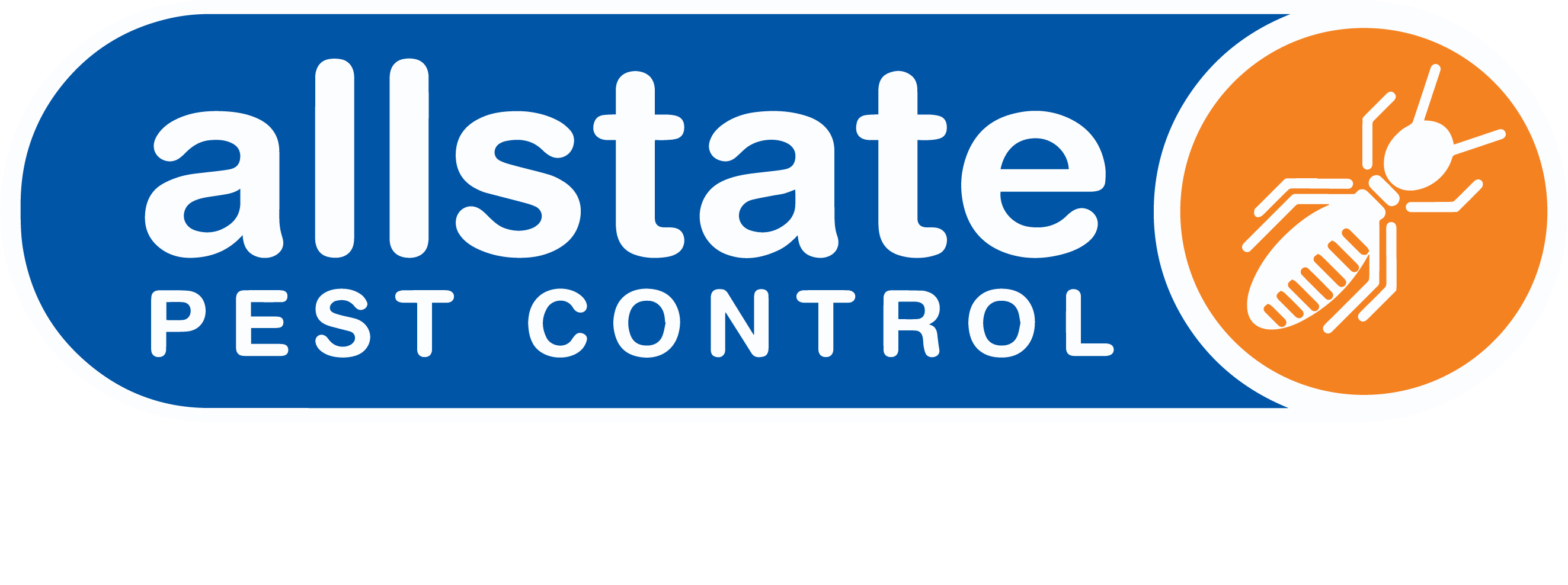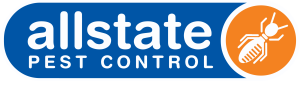by SerumTD-019 | Aug 30, 2022
Oviposit: Oviposition is the process of laying eggs by a female animal. This can happen externally or internally, depending on the species. Most animals lay their eggs in a nest or other protected area, but some (like snakes) will lay them out in the open.
by SerumTD-019 | Aug 30, 2022
Oviposition: Oviposition is the process of laying eggs by a female animal. This can happen externally or internally, depending on the species. Most animals lay their eggs in a nest or other protected area, but some (like snakes) will lay them out in the open.
by SerumTD-019 | Aug 30, 2022
Ovisac: An ovisac is a sac-like structure in which female mammals carry their young during pregnancy. It is also called an uterine sac or chorioallantoic sac. The ovisac provides nutrients and oxygen to the developing fetus and protects it from injury.
by SerumTD-019 | Aug 30, 2022
Packing tissue: Packing tissue is a type of plant tissue that helps to support and protect other tissues. It is often found around organs such as the heart and lungs, as well as in fruits and vegetables. Packing tissue helps to keep these organs safe from damage and prevents them from collapsing.
by SerumTD-019 | Aug 30, 2022
Panicle: A panicle is a type of inflorescence (flowering structure) that consists of many small flowers borne on branching stems. Panicles are common in many plants, including grasses, grains, and trees such as oak and maple.



